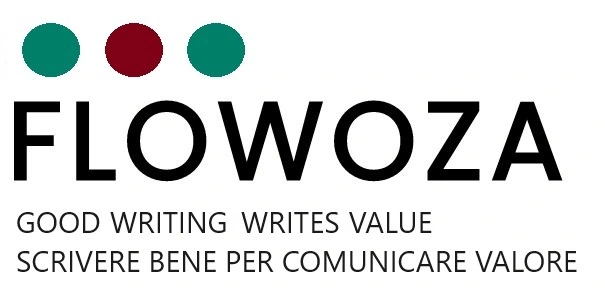Modular content: A Key Strategy for Efficient and Modern Corporate Communications
In the dynamic landscape of digital marketing and technical communication, modular content is becoming an innovative strategy for content creation and management. This approach breaks down complex content into reusable modules that can be combined to create effective and engaging customer experiences. These modules, like building blocks, provide efficiency, flexibility, customization, and SEO optimization where needed.
Instead of creating content from scratch, authors can tap into a library of validated information, saving time and resources. The appropriately labeled modules fit perfectly with different audiences and platforms, ensuring a consistent message across all channels.
Benefits of modular content
- Reuse: Modules can be reused in multiple contexts, saving time and energy.
- Flexibility: The same modules adapt to different audiences and platforms, ensuring consistent content.
- Personalization: Creation of unique experiences for different user segments for relevance and effectiveness.
- Scalability: Ideal for growing businesses, modules evolve more easily as new trends emerge.
- SEO Optimization: The structured nature of the forms improves search engine visibility and priority.
- Faster release: Build a module once and quickly reuse it in multiple contexts, saving time and money.
Strategy implementation
Per implementare con successo una strategia di contenuto modulare, è fondamentale:
- Know your audience: Understand the needs, behaviors, and preferences of users in their operational scenarios.
- Leverage data: Make content decisions based on data and user knowledge.
- Personalize content: Create customized experiences to increase relevance, engagement, and conversions.
- Ensure accessibility: Make content accessible to all, using appropriate language and tone, and formats consistent with intended user scenarios.
- Test and tweak: Deploy, test, and continually refine the strategy.
Content consistency
To maintain consistency across all publication channels, it is essential:
- Consistent style and tone: Maintain a consistent style and tone across all platforms.
- Consistent terminology: Use consistent terms to avoid confusion.
- Visual Cohesion: Ensure a consistent look and feel with consistent formatting.
- Smooth navigation: Make it easy for users to navigate across platforms.
Technological tools
To support a modular content strategy, some technology tools are particularly useful:
- For technical documentation, Component Content Management Systems (CCMS) that facilitate the management of complex and technical content, accompanied by publishing portals and virtual assistants that help organize, store, and retrieve documents and information.
- Per la documentazione multimediale e di vendita, i Sistemi di Gestione delle Risorse Digitali (DAM), per la gestione e distribuzione delle risorse digitali.
Facing the challenges
In short, implementing a modular content strategy presents some significant challenges:
- Content structure: Required to ensure reusability and consistency of forms.
- Content style and tone: Important to fully reach customers and users.
- Technical tools: Implementation requires a CCMS and/or DAM system.
- Integration: By eliminating separate data silos, it ensures smooth communication between departments.
Conclusions
Modular content provides an opportunity to improve content strategy by delivering personalized and consistent experiences across all publishing channels. With the help of experts like those at Flowoza, you can overcome challenges and unlock the potential of modular customer experiences.
Further reading:

